White Pepper vs. Black Pepper: A Spicy Tale of Two Peppers You Can't Miss!
Welcome to the wild world of peppers! If you’ve ever stood in front of your spice rack wondering whether it really matters if you use white or black pepper, this blog is for you. Today, we’re diving deep into the Spice Basics to compare two kitchen staples — white pepper and black pepper. Spoiler alert: they're not just color variants of each other. There’s a whole lot more going on beneath that cracked surface.
Table of Contents
- The Origin Story: Where Do They Come From?
- Flavor Profiles: Bold vs. Earthy
- Culinary Uses: When to Use Which?
- Nutrition & Health Benefits: What’s Inside?
- Storage Tips: Keep That Spice Fresh!
- Pro Cooking Tips: How to Make the Most of Them
- Fun Facts & Trivia
- Conclusion
The Origin Story: Where Do They Come From?
Believe it or not, both white pepper and black pepper come from the same plant — Piper nigrum, also known as the black pepper vine. The difference? It all boils down to when and how the berries are harvested and processed.
| Pepper Type | Harvest Time | Processing Method |
|---|---|---|
| Black Pepper | Unripe green berries | Dried in the sun; outer layer (pericarp) remains |
| White Pepper | Mature red berries | Soaked in water to remove the pericarp; only seed remains |
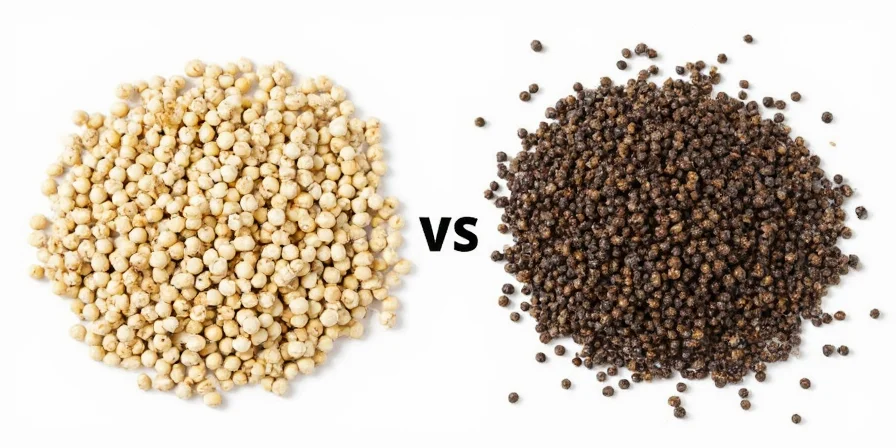
Flavor Profiles: Bold vs. Earthy
The flavor difference between white and black pepper isn’t just subtle — it’s like night and day. Here's what sets them apart:
- Black Pepper: Sharp, woody, slightly citrusy with a strong bite. Think of it as the extrovert of the spice world — bold and attention-grabbing.
- White Pepper: Milder, earthier, and more musky. Imagine the introvert who speaks softly but leaves a lasting impression.
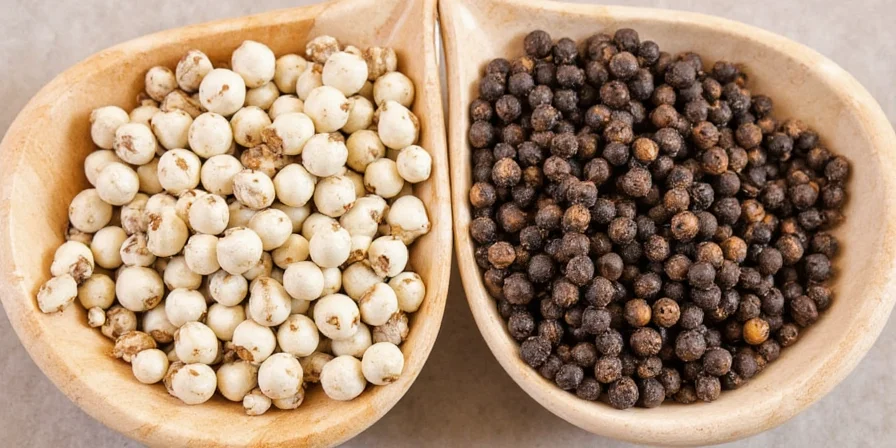
Culinary Uses: When to Use Which?
Choosing the right pepper can elevate your dish — here's a handy guide to help you decide which one to reach for:
| Dish Type | Recommended Pepper | Why? |
|---|---|---|
| Steak, grilled meats | Black Pepper | Provides bold contrast to rich flavors |
| Cream sauces, mashed potatoes | White Pepper | Avoids dark specks and blends better visually |
| Marinades and rubs | Black Pepper | Adds depth and punch |
| Soups and stews | White Pepper | Subtle heat complements complex layers |
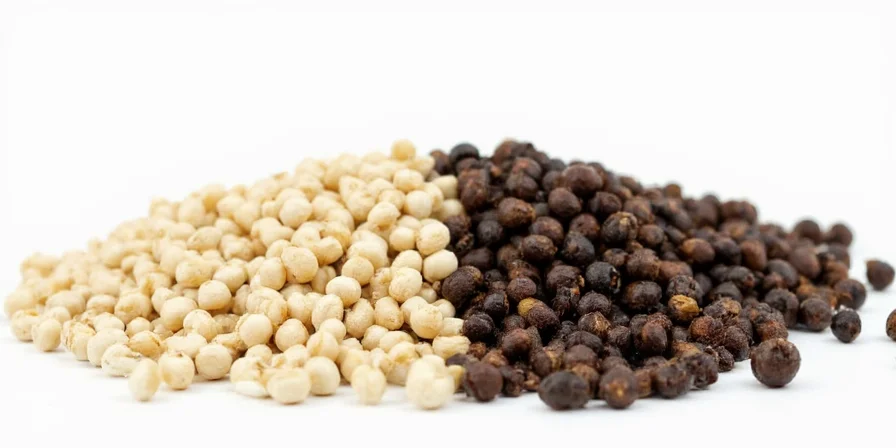
Nutrition & Health Benefits: What’s Inside?
Both types of pepper offer more than just flavor. Let’s break down their nutritional profiles and health benefits:
- Black Pepper contains piperine, a compound that enhances nutrient absorption, especially curcumin from turmeric.
- White Pepper retains most of the beneficial properties of black pepper but may have slightly less volatile oils due to processing.
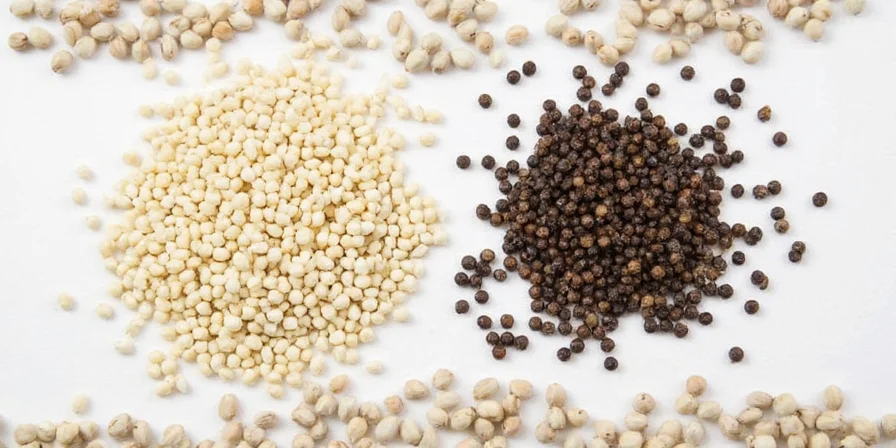
Storage Tips: Keep That Spice Fresh!
Like any spice, freshness equals flavor. Here are some tips to keep your pepper potent:
- Store in an airtight container away from light and moisture.
- Whole peppercorns last longer than ground versions.
- Buy in small quantities if you don’t cook frequently.
- Grind just before use for maximum aroma and taste.

Pro Cooking Tips: How to Make the Most of Them
Ready to level up your pepper game? Here are some insider tips from chefs around the globe:
- Use black pepper early in cooking to infuse base flavors.
- Add white pepper at the end for a smoother finish.
- Toast peppercorns lightly in a dry pan to unlock deeper flavors.
- Make your own blends — mix with sea salt, garlic powder, or herbs for custom seasoning.
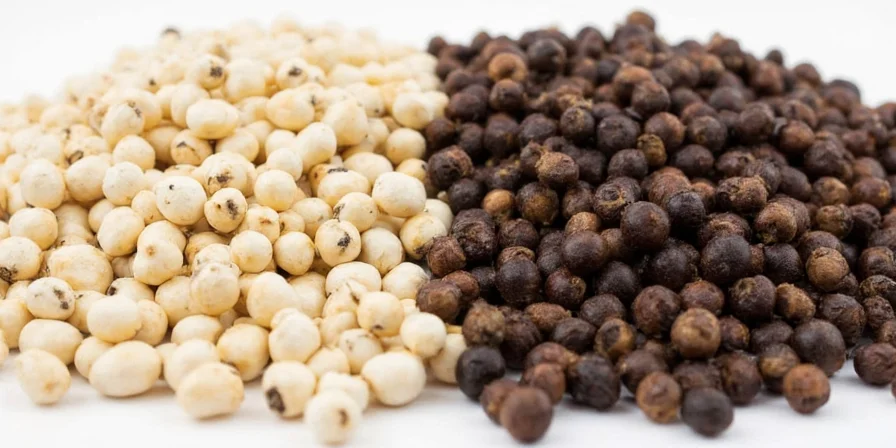
Fun Facts & Trivia
Let’s end with a little trivia to impress your dinner guests:
- Black pepper was once called “black gold” and used as currency in ancient times.
- In medieval Europe, pepper was so valuable it was kept in locked boxes.
- White pepper is often preferred in Chinese and French cuisines for its subtlety.
- Did you know? White pepper can sometimes be spicier than black — it depends on the source!


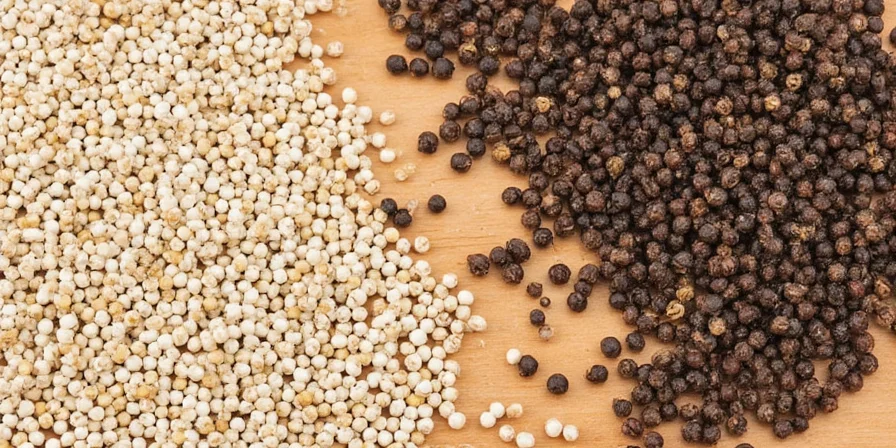









 浙公网安备
33010002000092号
浙公网安备
33010002000092号 浙B2-20120091-4
浙B2-20120091-4